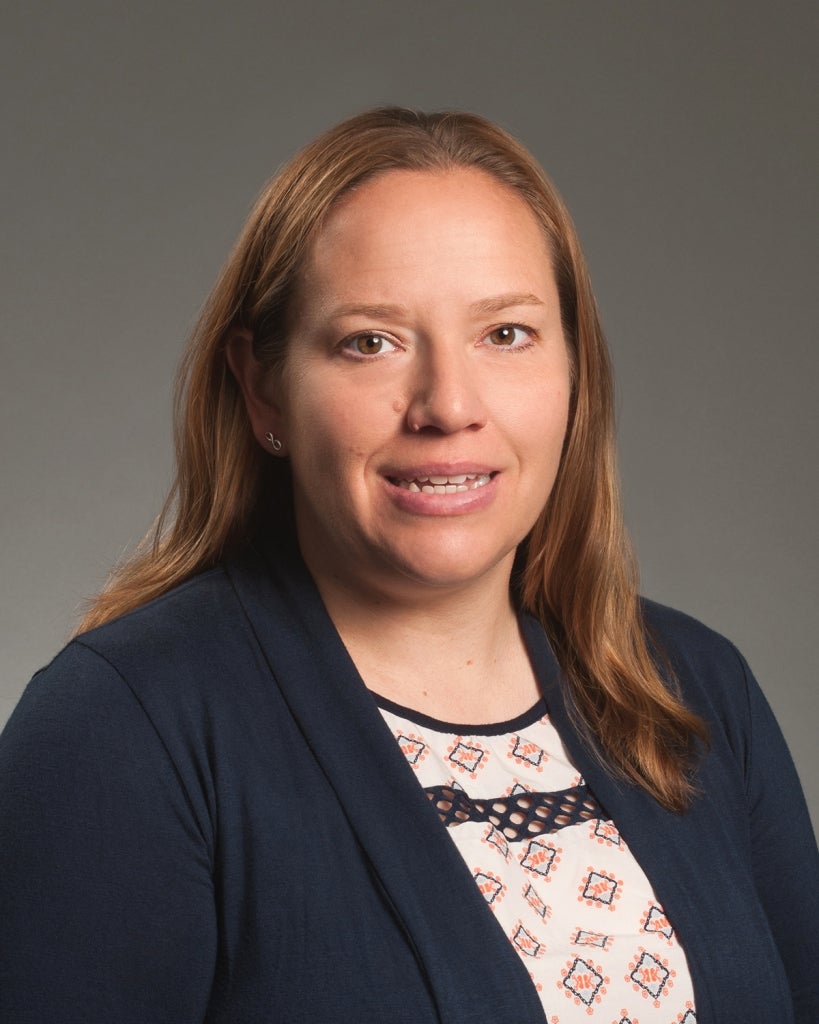
Gen Ludwig, clinical assistant professor for the Department of Kinesiology, presented research on a study she co-authored, “Flipped Classroom in a Therapeutic Modalities Course” at the Northwest Athletic Trainers Association (NWATA) 2019 Annual Meeting in Spokane, Washington on March 28-31.
The NWATA is the 10th district of the National Athletic Trainers’ Association (NATA), which is comprised of athletic trainers and athletic training (AT) associations from Alaska, Idaho, Montana, Oregon, and Washington. NWATA works to help disseminate information that is critical to athletic trainers and AT associations, and to educate the public about AT as a health profession that is working in different venues with active people of all ages.
Ludwig’s research, co-authored by Dana Bates, assistant professor for the School of Physical Therapy and Athletic Training at Pacific University Oregon, examines student perceptions of a flipped-classroom teaching style for athletic training courses.
Flipped-classrooms are an alternative to the standard lecture in an effort to encourage application of material and long-term retention and recall for students. A flipped-classroom involves an instructor switching the common in-class lecture style to providing course material and lectures online and using class time to be used for review, discussion or assignments.
Researchers performed a qualitative study to explore students’ perceptions of a flipped-classroom in a therapeutic modalities course. This specific course is an overview of treatments to physical injuries using therapeutic exercise and the application of modalities to restores normal function or development. Sixteen graduate students from Pacific University Oregon took the therapeutic modalities course in the flipped-classroom style where the online (at home) portion involved audio recorded lectures, supplemental material, and pre-class quizzes and the didactic component included lecture, think-pair-share, clinical cases, and practice with therapeutic modalities.
To measure student perceptions, researchers formed four focus groups with four participating students in each group. Groups were interviewed based on semi-structured questioning about their experience with a flipped-classroom during this course. As a result, three themes emerged: students felt it was a valuable experience, it lead to active participation in class, and students were more prepared for class discussions and assignments. Participants additionally felt that the flipped-classroom approach allowed for more time in class to ask questions and participate in active discussion.
Researchers concluded that a flipped-classroom is an innovative approach and encourages both students and faculty to transition from passive to active learning approaches. The study provided Ludwig and Bates with support for the use of this approach in athletic training courses. They additionally concluded that further evaluation of the flipped-classroom would be useful in athletic training education to determine key components that facilitate critical thinking before, during and beyond the classroom.